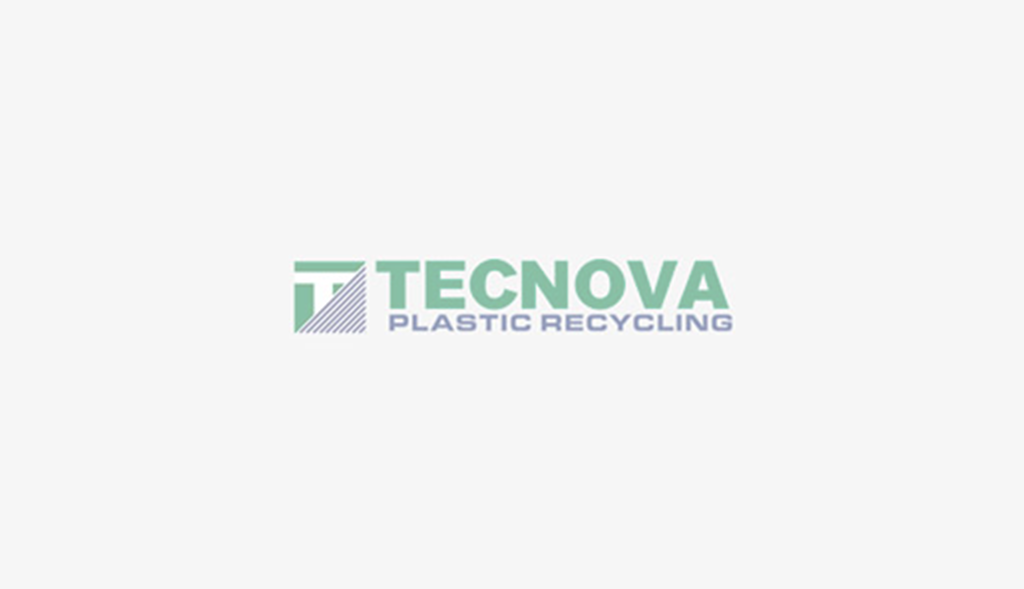-
Plastic Extrusion Machinery and Processes
Its continuous operation facilitates high-volume output, making it especially suitable for meeting d...
-
Plastic Extrusion Machines
What Are Plastic Extrusion Machines How to Use a Plastic Extrusion Machine For which pr...
-
TECNOVA Complete Plastic Recycling Plants
TECNOVA, a leading company in the sector of plastic recycling plants, continues to consolidate its p...
Plastic Recycling Plants
Recycling Plants for all types of plastic: Recycling plastic is a fundamental choice for protecting the environment
In our ever-growing world, the environmental impact of plastic waste is an issue of increasing concern. Plastic recycling plants are pivotal in addressing this challenge, as they play a crucial role in efficiently processing plastic waste and transforming it into valuable resources. In this SEO-optimized article, we'll explore the significance of plastic recycling plants, their types, benefits, and the steps involved in setting up and running an effective plastic recycling facility.
The Importance of Plastic Recycling Plants:
Plastic recycling plants are at the forefront of the sustainability movement for several compelling reasons:
1. Waste Diversion: The primary mission of these facilities is to divert plastic waste from landfills and incinerators, significantly reducing the burden on waste management systems and minimizing the environmental impact.
2. Resource Conservation: By recycling plastic, we conserve valuable resources like oil, which is a key component in plastic production. This conservation helps reduce energy consumption and greenhouse gas emissions associated with extracting and processing raw materials.
3. Economic Growth: Plastic recycling plants create jobs and foster economic development. They require skilled personnel to operate and maintain the machinery, and they contribute to the circular economy by generating secondary raw materials for various industries.
Types of Plastic Recycling Plants:
Plastic recycling plants come in various types, each designed for specific applications. Here are some common categories:
1. Mechanical Recycling Plants: These plants focus on transforming plastic waste into reusable materials by employing processes such as shredding, washing, and extrusion. They typically handle a wide range of plastic waste, including bottles, containers, and packaging materials.
2. Chemical Recycling Plants: Chemical recycling facilities use advanced technologies to break down plastic waste into its chemical components, which can be used as feedstock for new plastics or other chemical products. This approach can address more complex plastic items, such as mixed plastics and contaminated materials.
3. Bioplastics Recycling Plants: These plants specialize in recycling biodegradable and bioplastic materials, such as PLA (polylactic acid). They convert these bioplastics into raw materials for various applications.
Benefits of Plastic Recycling Plants:
1. Environmental Impact Reduction: The primary benefit of plastic recycling plants is the significant reduction of plastic waste in the environment, leading to cleaner ecosystems and a decrease in harmful environmental impacts.
2. Energy Efficiency: Recycling plastic requires less energy compared to manufacturing new plastic from virgin materials. Plastic recycling plants contribute to energy conservation and a lower carbon footprint.
3. Resource Preservation: By recycling plastic, these plants help preserve valuable resources, reduce the need for oil-based plastics, and decrease greenhouse gas emissions associated with their production.
Setting Up and Running a Plastic Recycling Plant:
Establishing and operating a successful plastic recycling plant involves several key steps:
1. Market Research: Research the demand for recycled plastics and identify potential customers and markets for your recycled products.
2. Legal and Regulatory Compliance: Ensure that your plant complies with all local, state, and federal regulations regarding waste management and recycling.
3. Equipment Procurement: Invest in the necessary machinery and equipment, including shredders, wash lines, extruders, and quality control tools.
4. Staff Training: Train your workforce to operate the machinery efficiently and safely, and educate them on quality control processes.
5. Quality Control: Implement rigorous quality control measures to ensure that the recycled materials meet industry standards.
Conclusion:
Plastic recycling plants are instrumental in mitigating the environmental impact of plastic waste and promoting sustainability. By diverting waste from landfills, conserving resources, and contributing to economic growth, these plants play a vital role in building a more sustainable and eco-friendly future. As the demand for recycled plastics continues to grow, investing in and supporting the development of plastic recycling facilities is crucial for a cleaner and greener planet.
